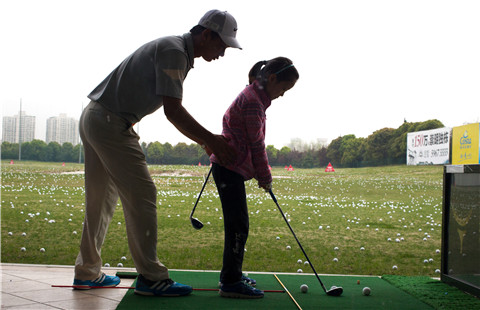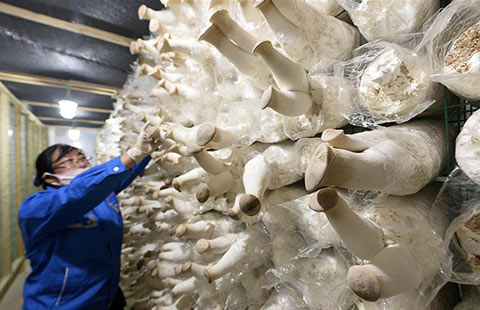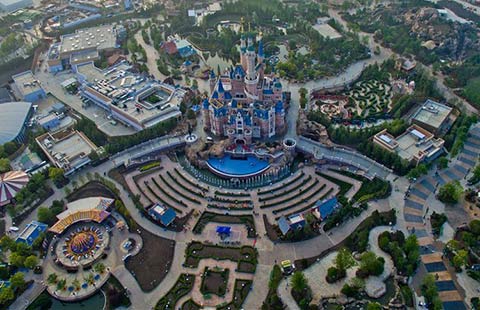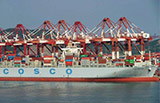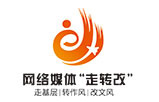Big spending out, smart buying of business jets in
By WANG YING (China Daily) Updated: 2016-05-10 07:39
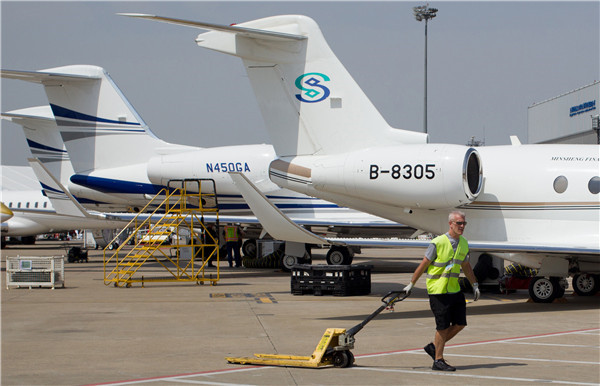 |
|
Ground staff help arrange exhibits at the Asian Business Aviation Convention & Exhibition in Shanghai in April. GAO ER'QIANG/CHINA DAILY |
So, Embraer has introduced some middle and light jets that combine excellent operational costs and performance, in the Chinese market. These types of jets are believed to have a bright future in the Chinese market, said Guan.
"The future of China's business aviation lies on the economic trend, and it is in accordance with the supply-side reform advocated by the Chinese government," Shi Xingang, manager of the general aviation business of AVIC International, was quoted as saying by the Aviation Week Network.
Shi is confident the China market will have a bright future if jet buyers continue to regard business jets as a means to quick, efficient and convenient business transportation.
China's expected thrust on infrastructure in the coming five years will likely cut the costs for operators, Shi said.
It is projected that by the end of the 13th Five-Year Plan period (2016-20), China will have 500 new airports, and more than 5,000 general aviation aircraft will be in operation. Their flight hours will exceed 2 million hours a year, and the general aviation industry's worth will exceed 1 trillion yuan, according to the Civil Aviation Administration of China.
Both Boeing Co and Airbus SAS have recognized there is potential for growth even in the segment of secondhand jets.
Among the orders for 24 BBJs received from China, five were used BBJs, according to Boeing Business Jets' President David Longridge.
"According to international tradition, a business jet's service life can reach up to 30 years, but its service time for one particular owner is averaged between five and six years, which means the aircraft will change hands at least five times," said Liao Xuefeng, chairman and chief executive officer of China Business Aviation Group.
Up to 30 percent of the business jets delivered in China last year were used planes, and this percentage is expected to grow even higher this year, said Liao.
Fang said DeerJet has also noticed that the number of deals for pre-owned aircraft has been rising across China of late.
"Compared to new aircraft, used ones are much cheaper, and buyers don't have to wait another two to three years for delivery as they are ready for use immediately," said Fang.
"Instead of blindly buying the newest jets at a high cost, a growing number of Chinese buyers realize it's more economical to buy a large used aircraft for the price of a small new jet, especially a pre-owned one still in good condition," said Liao.
Less than 20 pre-owned business jets were put on sale in the nascent Chinese market this year so far, just a fraction of the up to 600 total business jets now in use, according to Liao.
This is far below the level in mature markets where 5 to 6 percent of used jets are put on sale, he said.
But the China market has potential for high growth. Statistics show that in the past six years, the annual growth rate of executive jet fleets in China has surpassed 25 percent. The number of operators has increased to 52 from 14 in the past four years.
Embraer predicts 800 executive jets will be delivered to the Chinese market in the next 10 years.
Such bright predictions need to be seen against the slowing of Chinese growth rate. From double-digit rate not very long ago, the Chinese economic growth has slowed to 6 to 7 percent.
Last year, China's business aviation sector saw an addition of a mere 29 aircraft, including the Chinese mainland, Hong Kong, Macao and Taiwan province, down 50 percent from the previous year, according to an Asian Sky Group's report.
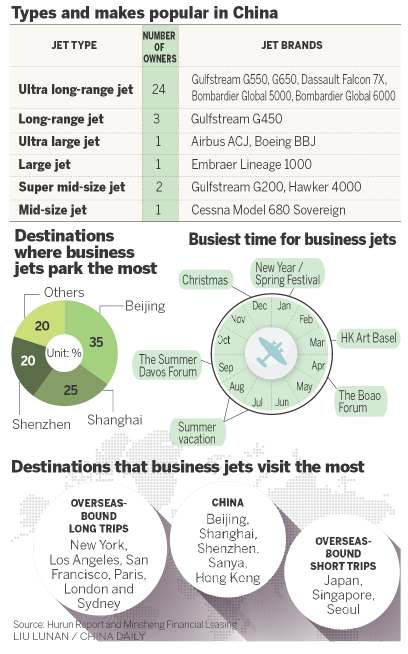
- Disney resort to offer opportunities for various sectors
- Top 5 expected highlights at CES Asia 2016
- Measures rolled out to increase exports
- China's economy to follow "L-shaped" trajectory for foreseeable future
- Lithuania to promote technologies at service fair
- Quotable quotes on China's April exports, imports data
- China stocks plunge again as hopes for economic recovery fade
- Texas pipe plant to boost Chinese FDI



